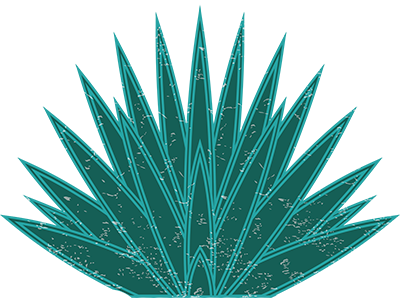Mezcal as Food, Beverage, & Heritage | Part 3
Put a little wildness back into your food and drink, and you will likely become healthier for it! Ethnobotanists and archaeologists have uncovered cultural and culinary uses of wild agaves, prickly pears and mesquite that reach back at least 8000 years in the U.S./Mexico borderlands. Just think about that for a moment: a nitrogen-fixing legume tree, a cactus and a succulent agave have offered food and drink to the hungry and thirsty of our region for a duration at least 25 times longer than the U.S. has been a nation! In other words, these desert-adapted plants have long contributed to the food security of our region’s many peoples, and they could potentially do so again in the future.
Let’s drill down on that history a little more: Along with the consumption of the sweet flour of mesquite pods (pechita), prickly pear pads (nopalitos) and fruit (tunas), the healthful food and beverage uses of wild agaves (mezcal) are among the most anciently-used foods in this region. This trinity of wild native foods is healthful in several different ways. Like prickly pear and mesquite food products, inulin-rich agave foods and beverages have the capacity to reduce blood sugar and cholesterol levels in a manner that can prevent or control diabetes, heart disease, and other nutrition-related diseases.
—Gary Nabhan, Bill Steen & Wendy Hodgson
